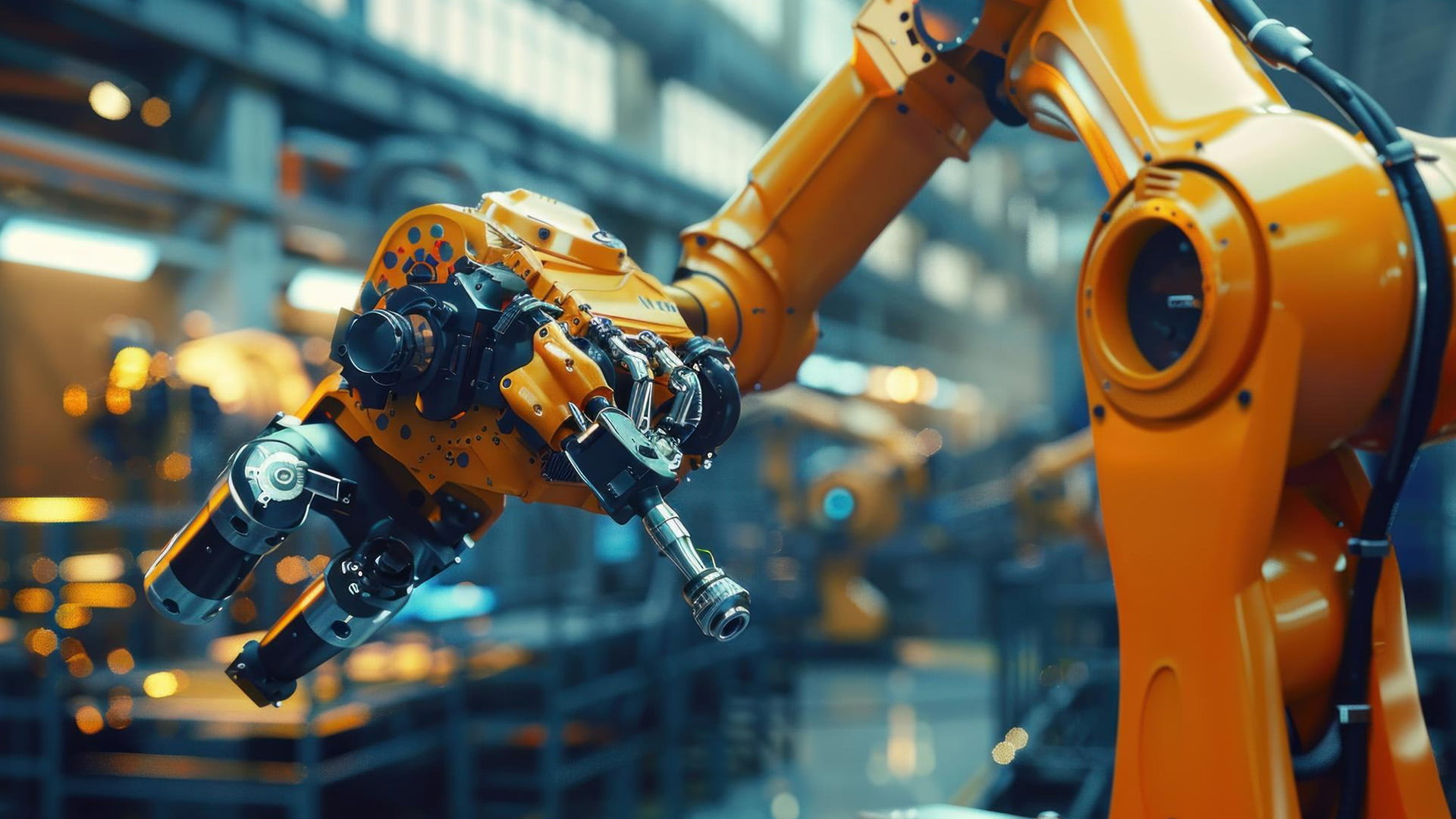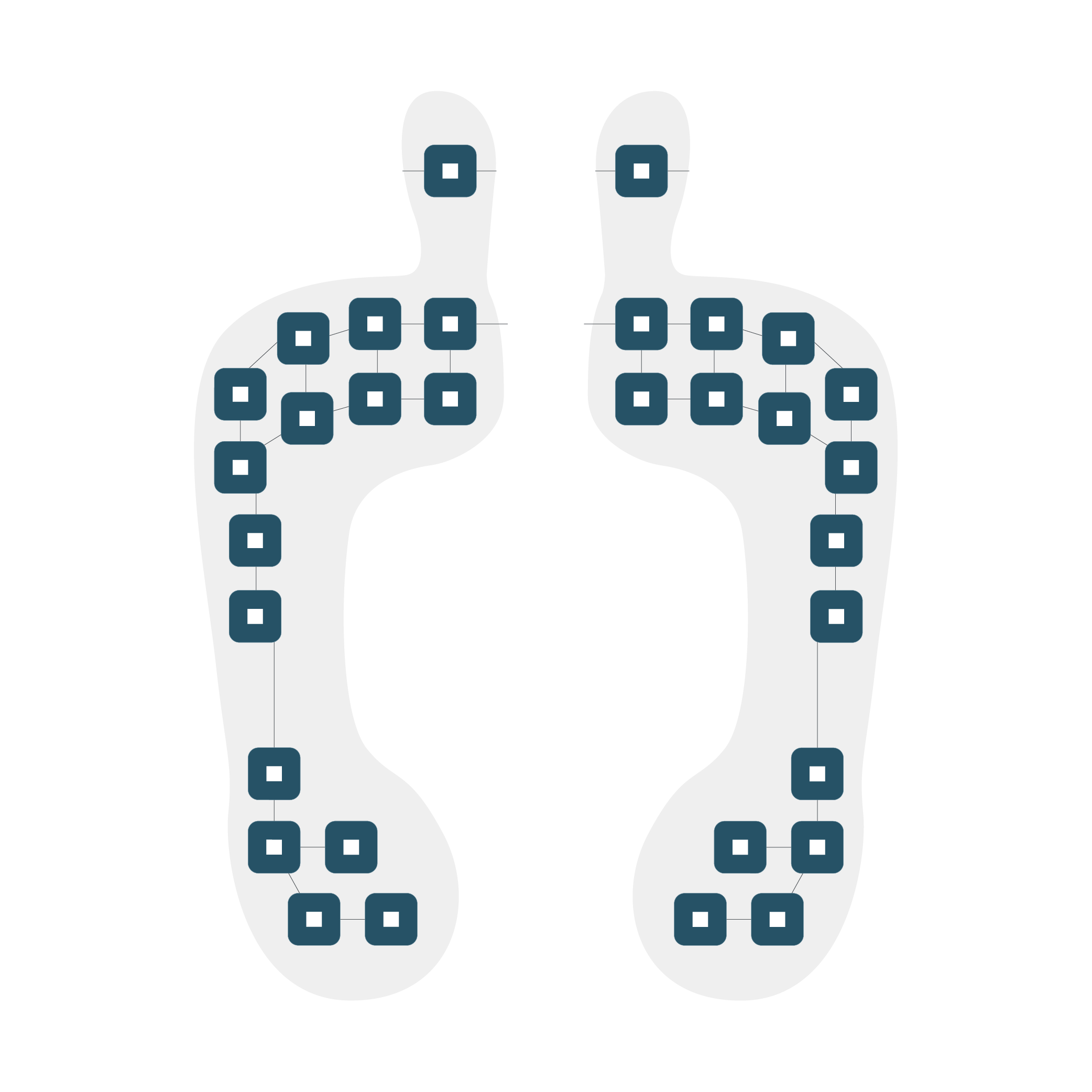Imagine a world where robots are integrated into our lives, performing tasks with the grace and precision of humans. This is a rapidly approaching reality, and at its core lies a critical component: the IMU Unit. An IMU (Inertial Measurement Unit) is essentially a robot’s sixth sense, providing it with the ability to perceive its orientation, movement, and position in space. This data is indispensable for tasks ranging from balancing on two legs to navigating complex environments.
Here, we will delve into the intricacies of robotics IMUs, exploring how they function, their significance in various applications, and the technological advancements that are pushing the boundaries of robotic capabilities.
Understanding the IMU
An IMU is a compact package of sensors designed to measure acceleration and angular velocity. At its heart are two primary components: an accelerometer and a gyroscope. The accelerometer detects linear acceleration, or how quickly the robot is speeding up or slowing down in a straight line. The gyroscope, on the other hand, measures angular velocity, quantifying the rate at which the robot is rotating around its axis.
Together, these sensors provide a rich dataset about the robot’s motion. The robot’s control system then processes this information to determine its orientation, position, and velocity with remarkable accuracy.
The Pivotal Role of IMUs in Robotics
IMUs are the heart and soul of many robotic applications. Their significance cannot be overstated:
Stability and Balance: Imagine a tightrope walker. They constantly adjust their body to maintain equilibrium. Similarly, robots need to adapt to their surroundings to stay upright constantly. This is where the best IMUs shine. By sensing the robot’s orientation and movement in three dimensions, they provide the vital data needed to make split-second adjustments. Whether it’s a humanoid robot navigating a crowded room or a drone dodging obstacles, IMUs help them stay on course, literally.
While balance is a critical function, IMUs do much more. They are the sensory backbone of many robotic tasks. For instance, in industrial settings, IMUs help robots precisely position and manipulate objects. In healthcare, they assist surgical robots in performing delicate procedures with unwavering accuracy. Even in space exploration, IMUs contribute to the stability and control of rovers navigating challenging terrains. Essentially, IMUs are the invisible forces that enable robots to interact with the world in a safe and efficient manner.
Precision Control: Tasks demanding extreme precision, like robotic surgery and industrial automation, heavily rely on IMUs. These sensors provide real-time data on a robot’s movements, enabling it to make minute adjustments. This is crucial for delicate tasks like manipulating tiny instruments during surgery or accurately placing components in manufacturing. The level of control offered by IMUs is instrumental in enhancing the robot’s performance and minimizing errors, making it an indispensable technology in these fields.
Navigation: Accurate navigation is crucial for autonomous systems like self-driving cars, drones, and delivery robots. IMUs provide real-time data on a vehicle’s orientation and movement, complementing other sensors like GPS and cameras. This combined information helps these robots understand their exact position, plan efficient routes, and safely maneuver around obstacles. For example, when GPS signals are unavailable, such as in tunnels or urban canyons, IMUs become essential for maintaining accurate navigation and preventing collisions.
Obstacle Avoidance: Think of an IMU as a robot’s internal compass and balance system. It’s constantly collecting information about how the robot is moving and positioned. This data is essential for the robot to understand its surroundings and make informed decisions. For instance, imagine a robot exploring a dark cave. Without an IMU, it would be like trying to find your way blindfolded. But with an IMU, the robot can sense changes in its orientation, indicating turns or slopes, helping it navigate safely.
IMUs are particularly vital for dynamic tasks. Consider a robot balancing on one leg. It’s a delicate feat that requires constant adjustments. The IMU provides real-time feedback about the robot’s tilt and acceleration, allowing it to make split-second corrections to maintain its equilibrium. This same principle applies to drones, self-driving cars, and even robotic surgical assistants. By continuously monitoring movement, IMUs ensure precision, safety, and adaptability in a wide range of robotic applications.
Enhancing Performance Through IMU Sensor Fusion
While IMUs are powerful tools on their own, their capabilities can be significantly amplified through sensor fusion software. This involves combining data from multiple sensors, such as GPS, cameras, and additional IMUs, to create a more comprehensive and reliable understanding of the robot’s surroundings.
Sensor fusion helps to mitigate the limitations of individual sensors. For instance, GPS signals can be unreliable in indoor environments or urban areas with tall buildings. By integrating IMU data, robots can achieve more accurate localization and navigation. Similarly, combining IMU data with camera information can improve object tracking and recognition.
Selecting the Right IMU for Your Robotics Project
Choosing the appropriate IMU for your robotics application is a critical decision. Key factors to consider include the required accuracy, measurement range, size, weight, power consumption, and cost.
221e offers a diverse range of high-performance IMUs tailored for robotics applications. Our IMUs are renowned for their precision, reliability, and durability. Whether you’re developing a small-scale drone or a large industrial robot, we have the ideal IMU to meet your project’s requirements.
Conclusion
IMUs have emerged as indispensable components in the field of robotics, allowing machines to perceive their environment, maintain stability, and execute tasks with precision. As technology continues to advance, we can anticipate even more sophisticated and capable robots that rely on IMUs to navigate our world with intelligence and grace.
By understanding the fundamentals of Robotics IMU technology and the benefits of sensor fusion, you can unlock the full potential of these remarkable sensors to create innovative and impactful robotic solutions. The integration of IMUs into robotics is driving advancements in fields as diverse as healthcare, manufacturing, and exploration, promising a future where human-robot collaboration becomes commonplace.
Let’s Get You Up and Running
Are you ready to elevate your robotics project? Discover our range of cutting-edge IMUs at 221e. Our team of experts is dedicated to assisting you in selecting the perfect IMU for your specific needs. Contact us today to embark on your robotics journey!

